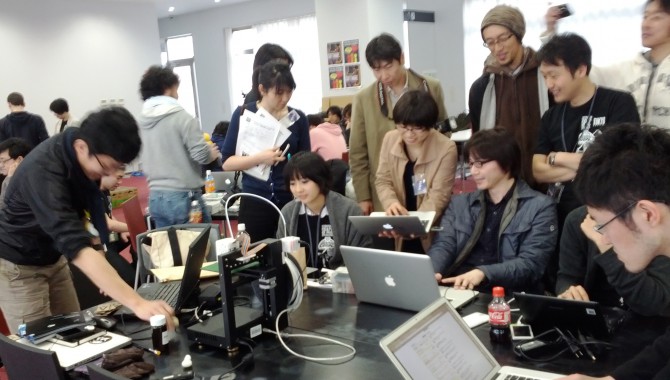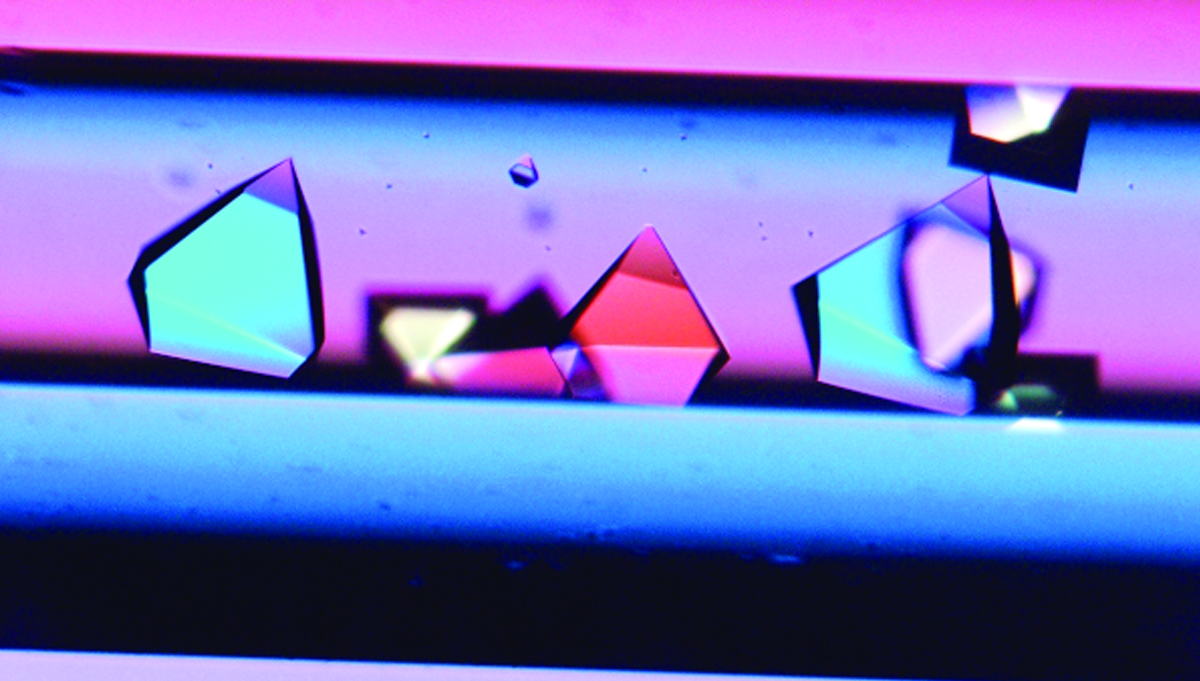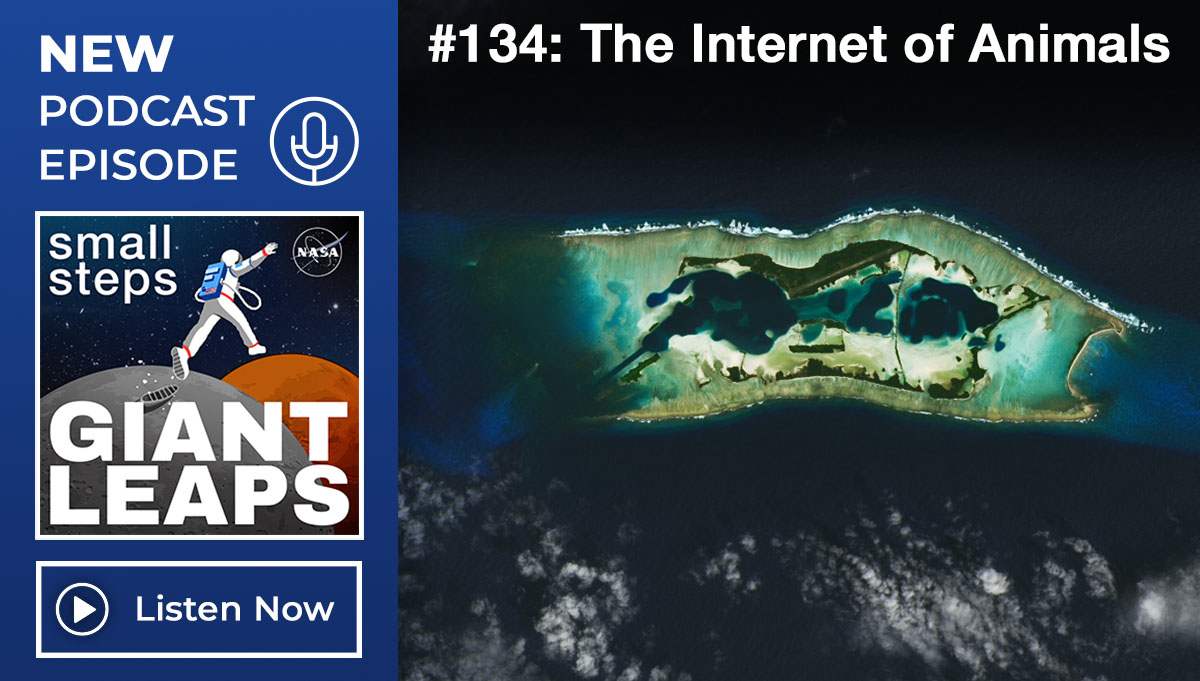Don Cohen, Managing Editor Everyone who is familiar with NASA missions knows that most of them involve collaboration among many organizations and individuals.
issues

This is a composite of a series of images photographed from a mounted camera on the Earth-orbiting International Space Station, from approximately 240 miles above Earth. Expedition 31 Flight Engineer Don Pettit said of the photographic techniques used to achieve the images: “My star-trail images are made by taking a time exposure of about 10 […]

By Haley Stephenson Using a wiki platform, the NASA Software Engineering Working Group has set a new precedent for collaboratively authoring, reviewing, and enabling interactivity for handbooks at NASA.

By Kerry Ellis Astronaut Don Pettit began his career with NASA seventeen years ago and has since flown on three spaceflight missions.

NASA in the News NASA’s Nuclear Spectroscopic Telescope Array, or NuSTAR, caught the glow of two black holes lurking inside spiral galaxy IC342, which lies 7 million light-years away in the constellation Camelopardalis (the Giraffe).

As the planned successor to the Hubble Space Telescope, even the smallest of parts on the James Webb Space Telescope will play a critical role in its performance. “Actuators” are one component that will help Webb focus on some of the earliest objects in the universe. Pictured is the Webb engineering design unit’s primary mirror […]

By Patricia Pahlavani The NASA Engineering and Safety Center (NESC) recently implemented the new NESC Academy (nescacademy.nasa.gov),

By Lars Schnieder and Susanne Arndt Interdisciplinary and inter-organizational project collaboration is a challenge. One of the most essential tasks in big and heterogeneous projects is requirements engineering, which, done properly, helps master complexity and reduce misunderstanding.

By Nick Skytland One of the things astronauts who have had the privilege of traveling to space talk about when they return is what it’s like to see Earth from space, and the orbital perspective this brings. They talk about what it means to live in a world where we are more interconnected and […]





